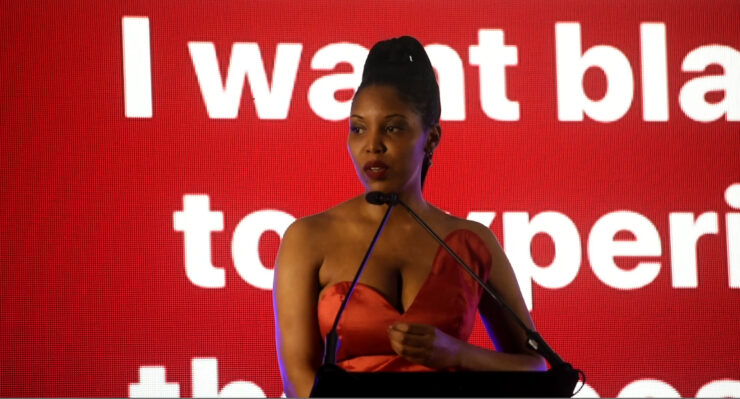U OF O PODCASTER VOUCHES FOR GOOD SCIENCE COMMUNICATION
Cassidy Swanston is the communications director of the University of Ottawa’s Pelling Lab, famously known for creating synthetic biological objects, like growing human ears from apples.
In partnership with Pelling Lab, Swanston created SciComm School, a podcast to help listeners improve their science communication skills.
“The target audience for this podcast are people in the early stages of their careers and who might be interested in pursuing science communications as a career or as a supplemental part to their science career,” said Swanston.
Beyond the podcast, Swanston is in the process of developing a SciComm School course.
This will be a “crash course” where students can learn “the basics of research communications, media relations, and content creation,” said Swanston. Together, the podcast and course will provide a roadmap for those who want to start a career in science communication.
To create SciComm School, Swanston received a $20,000 Science Communications Skills grant from the Natural Sciences and Engineering Research Council of Canada (NSERC).
Swanston hopes her podcast will start “more discourse in this country about … science, technology, medicine, and engineering”.
Because, “as we’ve seen with COVID-19, bad communication that stems from science issues can have detrimental consequences in society.”
The importance of quality science communication
A constant barrage of frightening communication about the COVID-19 pandemic “is not sustainable,” according to Swanston.
“Nobody can be in a state of crisis for 365 days. We’re just not wired to handle it … Instead, good science communication has empathy for the audience.”
As a result, good science communication “gives people a reason to be hopeful [and a good reason to be] cautious.”
Meerna Homayed is a science knowledge officer at the Geological Survey of Canada. She creates communications products to inform northern and Indigenous communities about research projects that take place on their land.
Homayed echoes Swanston’s points about empathy and accuracy.
She believes good communications products are written with empathy. Homayed says that science communicators have an obligation to listen to their audience.
“You have to be able to listen to people, because why would you expect them to listen to you if you can’t listen to them?”
With regard to accuracy, Homayed said, “If COVID-19 has taught us anything, it’s that we need accurate, understandable and [make] science [accessible] for everyone in our country and in the world.”
Dr. Isaac Nahon-Serfaty, a U of O communications professor said COVID-19 presents “a highly complex communication problem”. The problem is so complex that it has even confounded the World Health Organization (WHO).
At the start of the pandemic the WHO “was not as transparent and reactive as it should have been … especially with regard to the public’s use of masks,” said Nahon-Serfaty.
For example, in April 2020, the WHO suggested that only healthcare workers wear masks.
They also suggested that the public follow social-distancing guidelines but without masks. Health experts feared that if the public wore masks, they would no longer adhere to social distancing policies and ultimately worsen the spread of the virus.
Later, when scientists generated more information about how masks reduce the spread of COVID-19, the WHO revised their advice.
This example reveals the volatile nature of science communications. These communicators can only share the most up-to-date scientific knowledge, even though there might be public pressure to know more.
However, Nahon-Serfaty says that large organizations are not the only communicators responsible for the spread of inaccurate information.
According to professor Nahon-Serfaty, we are all responsible for sharing accurate information about the pandemic. “This is the first global crisis in the context of social media which means that we all have to learn how to improve communications.”
Homayed has some advice about how to resolve this problem: “be honest in your communications. It’s important to tell people that scientists are learning as they go” and that not all information is conclusive.
Homayed continued, “As a science communicator, I might not have all the answers now, but I’m going to give you my best answer all the time.”





